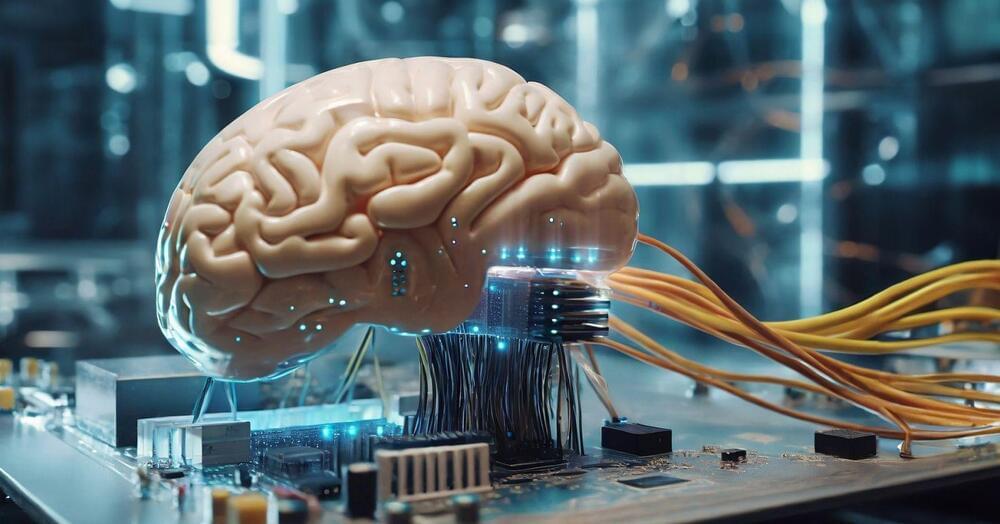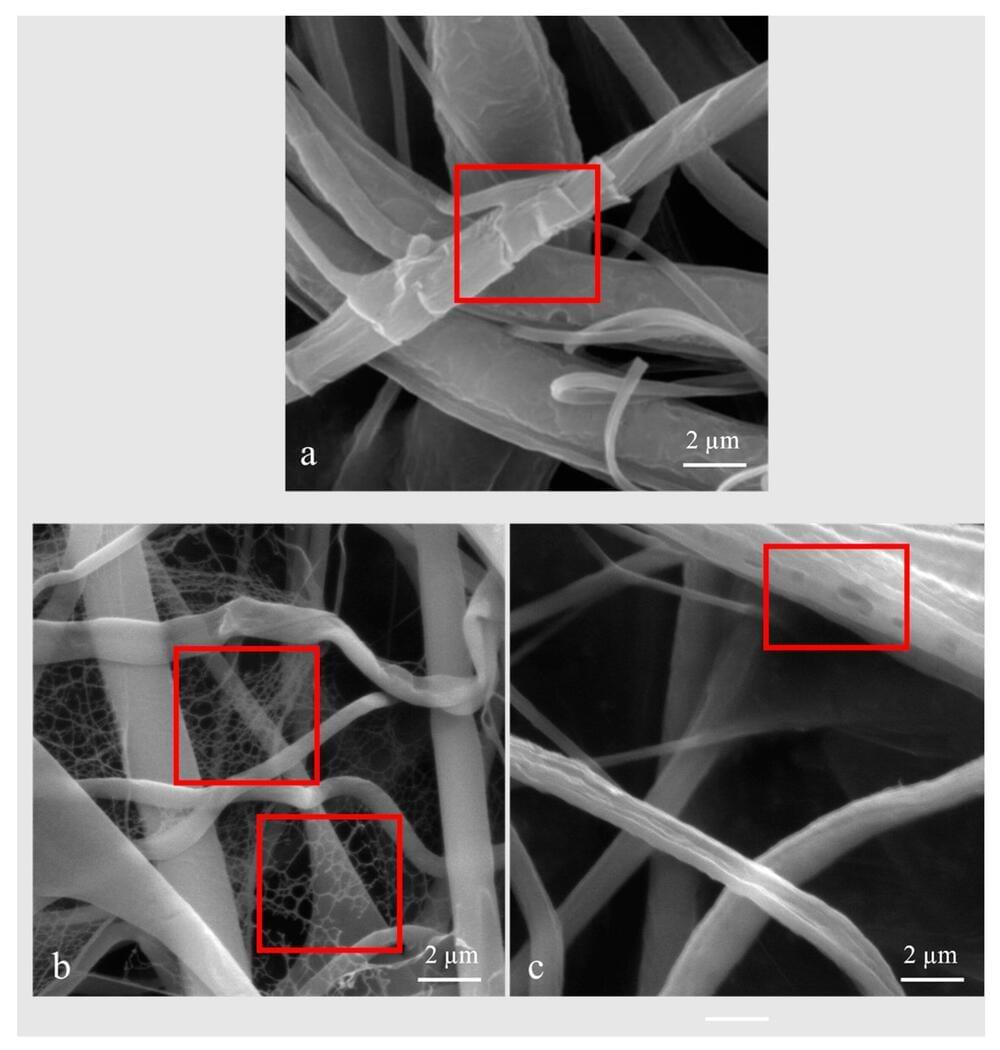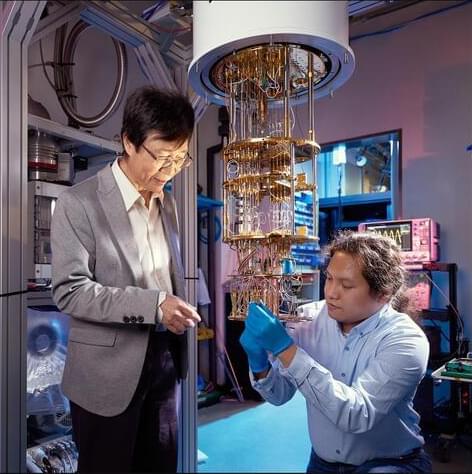Feb 28, 2024
Beyond Binary: The Light-Driven Computing Revolution
Posted by Saúl Morales Rodriguéz in categories: computing, mapping
Researchers develop a computer from an array of VCSELs with optical feedback.
In our data-driven era, solving complex problems efficiently is crucial. However, traditional computers often struggle with this task when dealing with a large number of interacting variables, leading to inefficiencies such as the von Neumann bottleneck. A new type of collective state computing has emerged to address this issue by mapping these optimization problems onto something called the Ising problem in magnetism.
Understanding the Ising Problem.
















